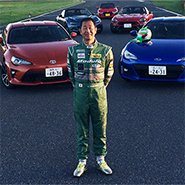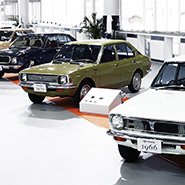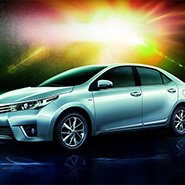Nov. 12, 2016
Corolla geek meets the Corolla master [column]
![Corolla geek meets the Corolla master [column]](/pages/corolla50th/feature/corolla_enthusiast02/images/enthusiast02_main_pc.jpg)
![Corolla geek meets the Corolla master [column]](/pages/corolla50th/feature/corolla_enthusiast02/images/enthusiast02_main_sp.jpg)
Corolla geek meets the Corolla master [column]
Atsushi Kobayashi (Freelance writer)
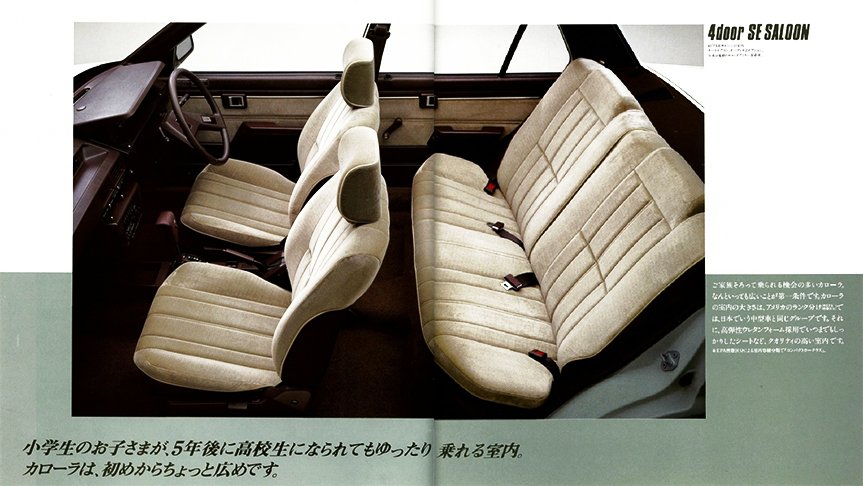
The FF design made the interior of the fifth-generation Corolla more comfortable
Upon asking Mr. Ohira about the fifth generation Corolla, he revealed the major challenge faced by the developers was turning the car into a front engine/front drive (FF) design, which was the mainstream in Europe when the fourth generation was on the market. Toyota also realized the considerable merits of adopting a FF design, which would eliminate the center tunnel inside the vehicle, thereby flattening and widening the floor to allow more room for a well-fitted console. It would also render the rear drive propeller shaft unnecessary and consequently, enhance the car’s efficiency by making it lighter, boosting fuel mileage, and improving other mechanisms.

The FF design made the interior of the fifth-generation Corolla more comfortable
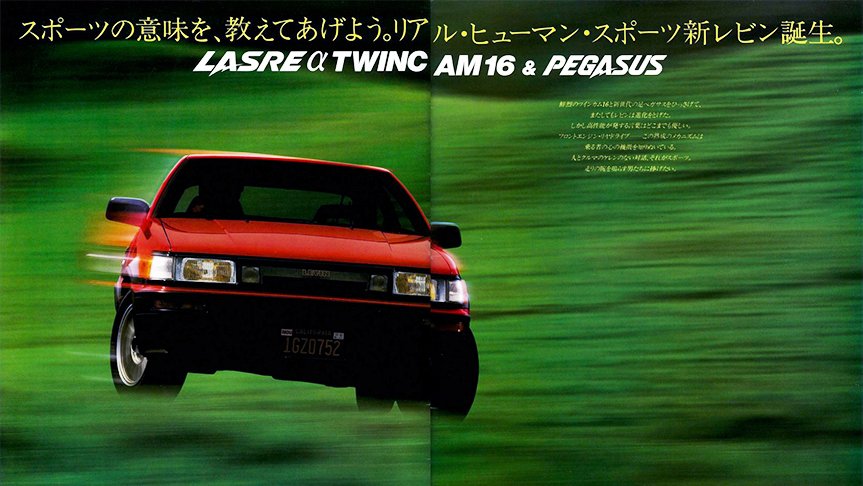
Toyota kept the FR design for the sporty Corolla Levin.
With those advantages in mind, the developers were adamant on adopting the FF design for the fifth generation Corolla. However, Toyota decided to keep the FR (front engine/rear drive) design for the Corolla Levin, as it was the optimal style for a sporty vehicle – the FF design just didn’t suit such cars. This further expanded the lineup of mass produced car models, and it seemed the developers had quite a tough time trying to persuade the production sites to meet these increased demands.

Toyota kept the FR design for the sporty Corolla Levin.
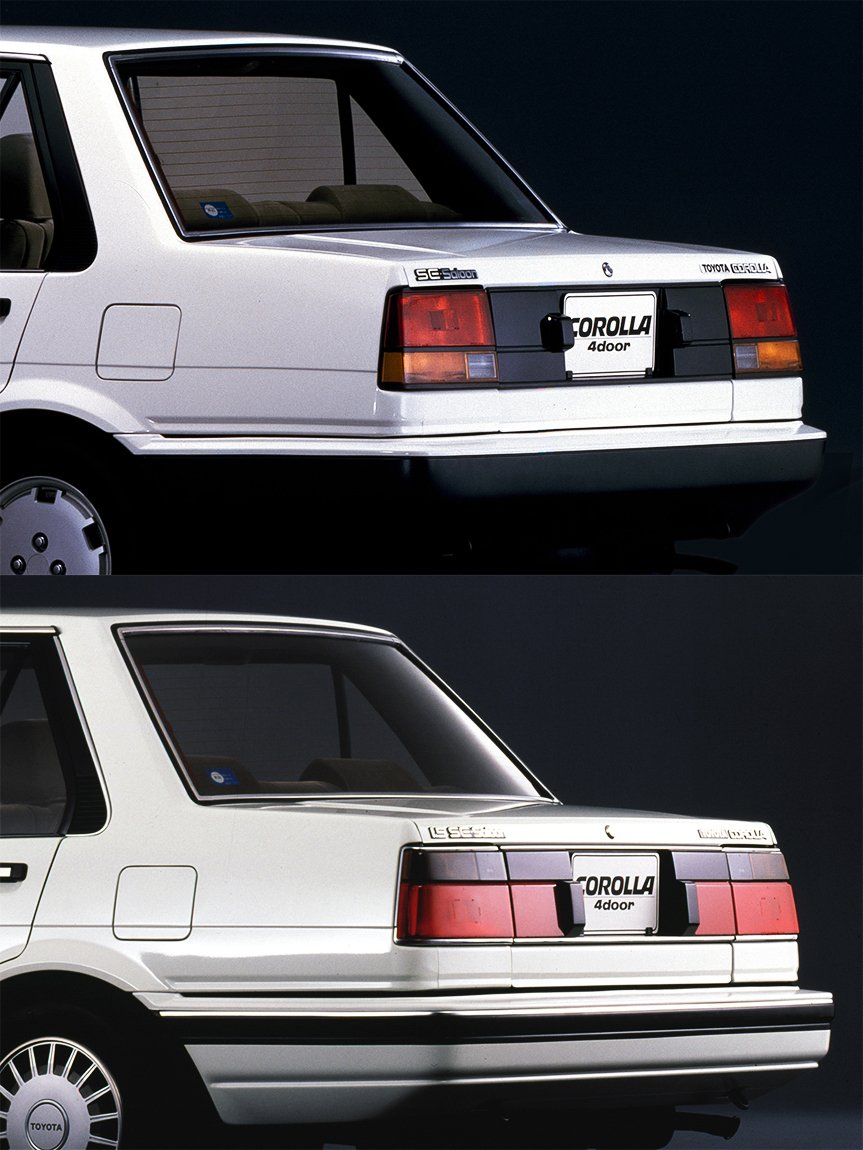
Top photo: Previous model, Bottom photo: Revamped model
The revamped model featured a reflex reflector in the rear combination lamp and an extra rear-end decorative finish.
While previous models emphasized a sense of youthfulness, the developers made some minor changes to make the fifth generation Corolla look even more gorgeous, such as adding extra rear-end decorative finishes and using a sophisticated-looking front grille. When I asked Mr. Ohira about this, he explained, “By then, almost 17 years had passed since Toyota released the first generation Corolla, and the age group of its drivers had also risen. So we tried to ‘recapture its youth’ by using Japanese singer Hiromi Go and other celebrities in Corolla commercials. However, we weren’t able to keep with the changes in trends due to factors such as the time lag between the car’s development and its release, and so it didn’t sell as well as we thought it would.”
That’s why the developers were aiming for a new direction with these minor changes, and endeavored to add more depth and grandeur to the Corolla’s embossing and exterior. It seemed to work, as sales began to rise thereafter.
The revamped model featured a reflex reflector in the rear combination lamp, which uses the lamp’s light to indicate the car’s presence to vehicles behind it. Reflectors were mostly attached to the bumper and other parts back then, so this was the first car to use the layout of incorporating the reflector into the rear combination lamp. The Corolla’s tradition also lies in its avid efforts to always use the latest fittings even for the simplest of parts.

Top photo: Previous model, Bottom photo: Revamped model
The revamped model featured a reflex reflector in the rear combination lamp and an extra rear-end decorative finish.た
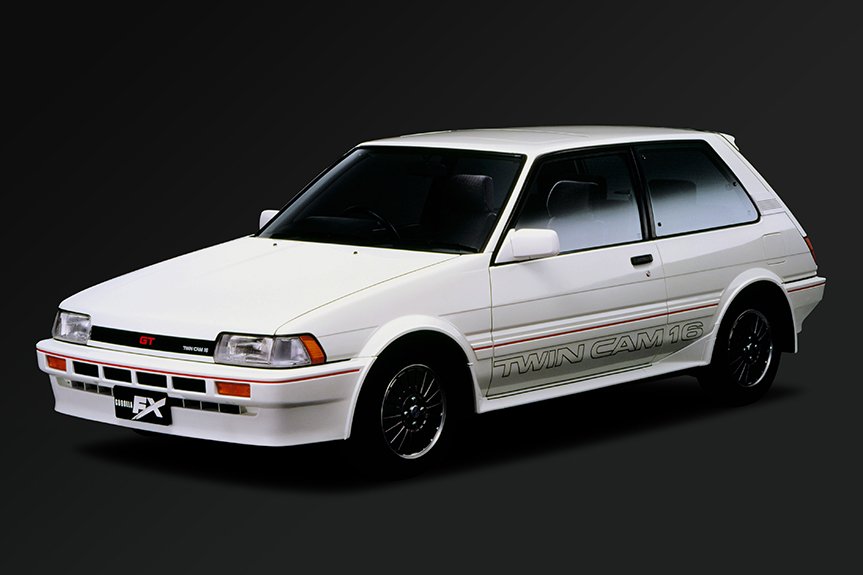
The Corolla FX with the full-color spec
The fifth generation Corolla hatchback model FX (Future 2boX) was released with a full-color spec for its first generation , in which one color was used for the entire body including the bumper, side skirting, and door mirrors. Following the launch of the full-color spec FX, this feature suddenly spread to all cars, including light vehicles. However, it was actually the FX that pioneered such a coloring style.

The Corolla FX with the full-color spec

The door windows and mirrors with water-repellant finishing, and the safety pad in the dashboard that successive generation models also kept
Mr. Ohira revealed that the sixth generation Corolla used water-repellant finishing for the door windows and mirrors. The purpose of applying such finishes as water-repellant film on the glass and mirrors was to create smooth surfaces so that raindrops would slide off easily. This is yet another example of the subtle and clever features that Corolla was the first to adopt.
When I mentioned the soft texture of sixth generation’s dashboard, Mr. Ohira commented that the developers preferred the soft material used in the safety pad (instrument cover) of successive generation models. Many customers inspecting a new car would surprisingly first touch the dashboard and safety pad when looking at the interior; this seemed to make the developers think a hard resin finish wouldn’t really impress customers.

The door windows and mirrors with water-repellant finishing, and the safety pad in the dashboard that successive generation models also kept
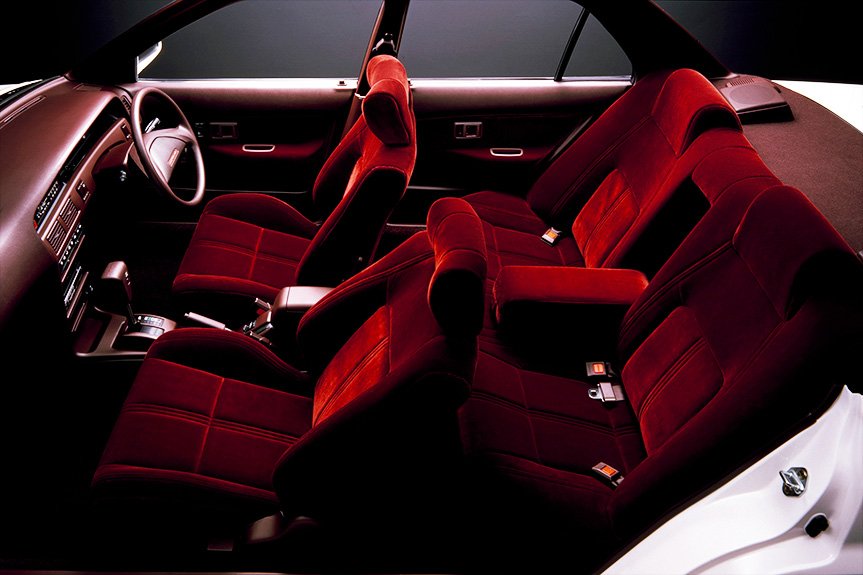
The maroon interior was another super seller.
I then asked him about the sixth generation Corolla’s Super White II model with its maroon interior. He explained the Mark II then also had a maroon interior in its Super White II model, which proved to be a huge hit. So the developers decided to use the same color combination in the Corolla to create a sense of luxury. And as intended, its Super White II model and maroon interior was another super seller for Toyota. Metallic trim was also used for the side protection molding and bumper, which added to the luxurious feel of the car.

The maroon interior was another super seller.

The sixth generation model had a dent for the sun visor in the solid casting ceiling (middle in the photo).
The sixth generation model had a denting for the sun visor in the solid casting ceiling, so that it could be neatly stored away when not in use. The luxury models used upholstered lining in its sun visor. When I asked about this, Mr. Ohira commented: “We made the denting so that we could eliminate the appearance of the sun visor jutting out of the ceiling, and we took a bold step and used fabric for the lining of the sun visor in high end models to create a luxurious look.

The sixth generation model had a dent for the sun visor in the solid casting ceiling (middle in the photo).

Toyota launched the Corolla Ceres as a stylish four-door hard top for the seventh-generation.
The seventh generation Corolla also focused on safety to meet U.S safety measures; the developers extended the vehicle’s length, increased the bumper size, and thickened the cross section of the doors. Toyota launched the Corolla Ceres as a stylish four-door hard top, targeting young women in Japan. In addition to its chic exterior design, the developers took on the challenge of setting the pillars deep in the body to emphasize its round appearance, even though this made the interior a little cramped. It was the first attempt at such a design at the time.

Toyota launched the Corolla Ceres as a stylish four-door hard top for the seventh-generation.
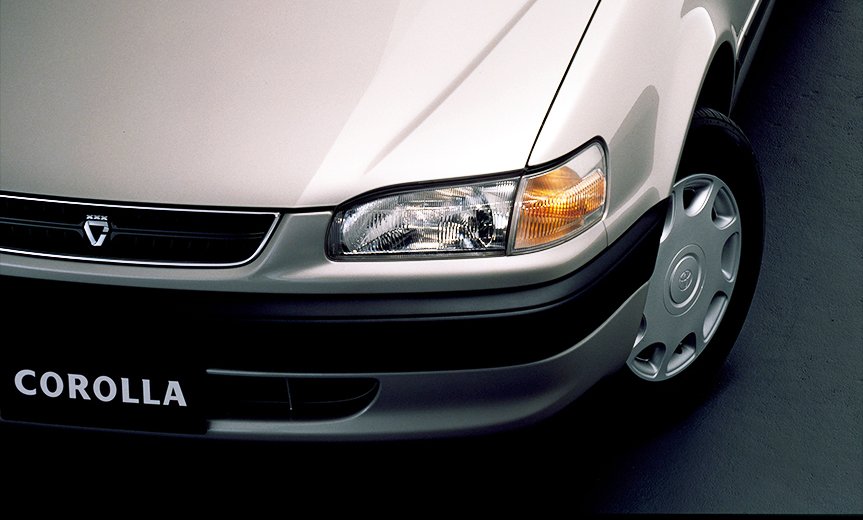
Part of the bumper and the side protection molding were left black and unpainted for the eighth-generation Corolla.
The eighth generation Corolla was released during the collapse of Japan’s bubble economy, so the developers endeavored to build the best car they could at a lower cost. Initially, part of the bumper and the side protection molding were left black and unpainted, but Toyota switched back to a full color bumper once customers started to feedback that the black one looked a little cheap. Although the eighth generation Corolla featured large-scale minor changes, they were timed to coincide with the overseas specs for the model change.

Part of the bumper and the side protection molding were left black and unpainted for the eighth-generation Corolla.

A luxurious optitron meter that was installed in the top-class Corolla model at the time was the Luxel.
Coming off the rapidly changing environment surrounding the Japanese economy and the eighth generation Corolla, the developers started working on the ninth generation car with a “start from scratch” approach. Mr. Ohira explained, “We developed this Corolla with a focus on safety, while improving features of the eighth generation model that we thought could be better. Furthermore, as it wasn’t easy to upgrade from the Corolla to the Camry, we pushed the boundaries with this Corolla by including a 1800cc engine and other luxury features.”
These features were reviewed numerous times based on in-house design surveys. The top-class Corolla model then was the Luxel, and it featured an optitron meter. This latest fitting, which was only seen in other models such as the Celsior and Crown, instantly boosted the luxury appeal of the ninth generation Corolla.

A luxurious optitron meter that was installed in the top-class Corolla model at the time was the Luxel.
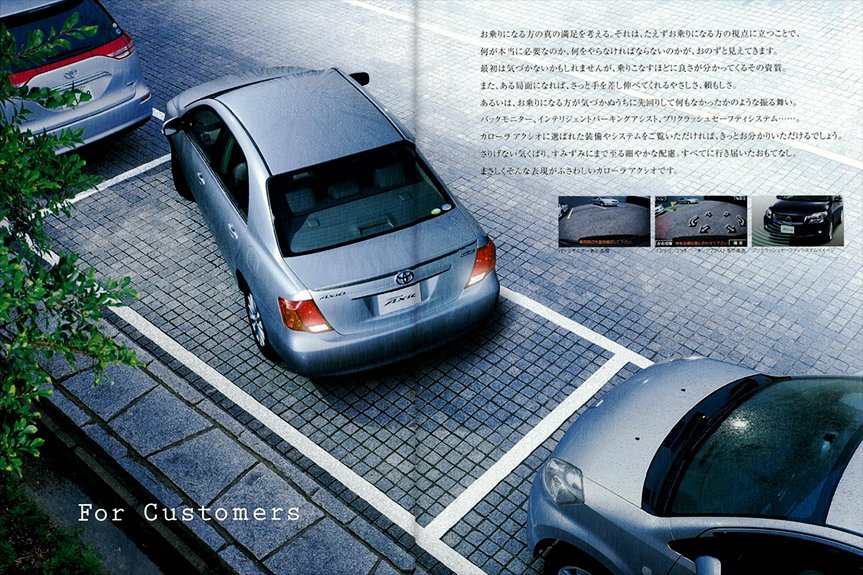
The tenth-generation domestic Japanese Corolla model was equipped with the latest technology as standard fittings, including a back monitor and intelligent parking assist.
For the tenth generation model, Toyota upped the body size to the largest which it thought was possible for the Corolla. The sedan (Axio) model also featured some of the latest technology as standard fittings, including a back monitor and intelligent parking assist, which no other model had. Apparently this invited some complaints of envy within Toyota of, “Why only the Corolla?” But as Mr. Ohira happily explains, “It was Corolla’s ‘thing’ to always have the latest fittings. So by incorporating these advanced features into the tenth generation model, we were just passing on the DNA to successive generations of models.”

The tenth-generation domestic Japanese Corolla model was equipped with the latest technology as standard fittings, including a back monitor and intelligent parking assist.

The good visibility performance of the Japanese eleventh generation model was another factor behind its strong sales.
While the eleventh generation (Japan-only) Corolla proved to be quite popular, there was also some feedback that it looked a little too short. So the developers made some minor changes to extend its overall length. The good visibility performance of the domestic eleventh generation model was another factor behind its strong sales. Actually, Mr. Ohira shared with me an interesting inside story about this, “Its good visibility also made it easy to use for driving students, so a lot of driving schools wanted to use it as an instruction vehicle for students.”

The good visibility performance of the Japanese eleventh generation model was another factor behind its strong sales.
And so ends my ramblings on the profound knowledge which Mr. Ohira, the “Corolla master,” has so generously shared with me. All of the models in each generation have remained true to the Corolla’s “80 points plus alpha,” while flexibly adapting to the needs of the changing times. And the meticulous attention to detail in each car has also fanned the Corolla mania that is still going strong. So I wonder what “80points plus alpha” features we will see in future models…I can’t wait to buy my next Corolla!
Atsushi Kobayashi (Freelance writer)
Mr. Kobayashi grew up in a household with a fourth generation Corolla, and the vehicle turned both him and his parents into Corolla fans. Before he knew it, his infatuation with Corollas led him to find employment at a Corolla dealership. While delving more and more deeply into his research into Corollas he suddenly found himself switching to a job at an automobile magazine publisher. He subsequently became a freelance writer. If one includes the Corollas his parents owned, Mr. Kobayashi has been the owner of ten consecutive Corollas. His wide-ranging knowledge of Corollas covers not only domestic Japanese models, but also Southeast Asian and North American models.
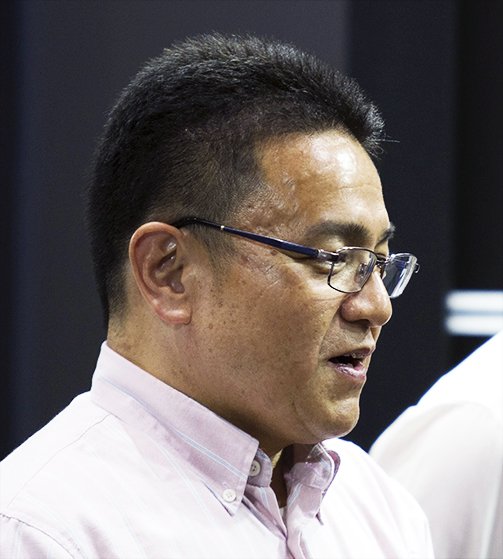
Shinji Ohira (Former engineer at Product Planning of the Corolla, Toyota Motor Corporation)
Mr. Ohira joined Toyota in 1968. After his assignment at the Prototype department, he was transferred to Product Planning in 1977 and started working on product development of the Corolla. Since then, Mr. Ohira had dedicated himself to the product planning of the Corolla for approximately 38 years, from the fourth-generation Corolla through to the eleventh-generation Corolla. He retired at the legal retirement age on August 2015.
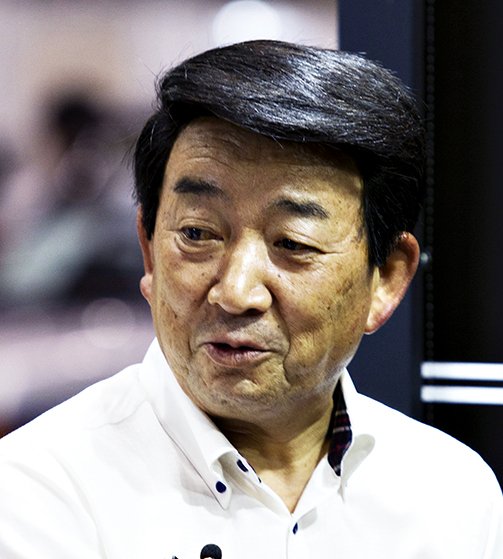






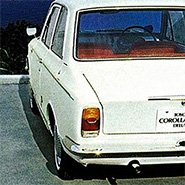
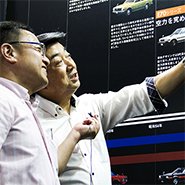
![Corolla geek meets the Corolla master [column]](/pages/corolla50th/feature/corolla_enthusiast02/images/feature_corolla_enthusiast02_w185.jpg)
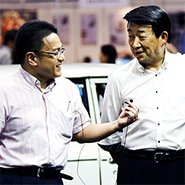
![[Movie] Keiichi Tsuchiya's driving impression of the AE86 Corolla Levin](/pages/corolla50th/feature/ae86/images/feature_ae86_w185.jpg)
